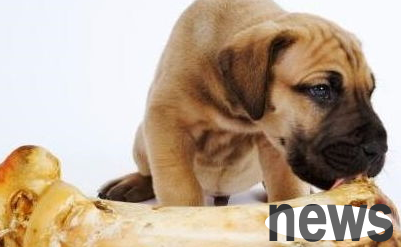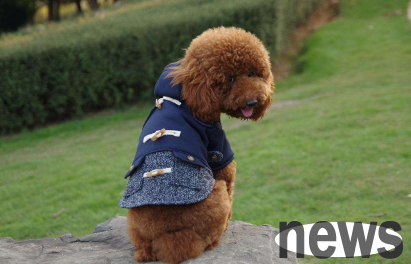Bones are often easily ignored by their owners when they are hidden in the body. As the dog grows older, improper exercise or unbalanced nutritional intake are prone to bone diseases. Hip dysplasia Hip dysplasia is an orthopedic disease that occurs...
Bones are often easily ignored by their owners when they are hidden in the body. As the dog grows older, improper exercise or unbalanced nutritional intake are prone to bone diseases.
Hip dysplasia
Hip dysplasia is an orthopedic disease that occurs during the growth period of puppies. The main factors that cause hip dysplasia in dogs include genetic genes, obesity, excessive exercise, and degeneration of the elderly. The pain after dogs are unbearable after illness can be relieved through physical therapy, but it can only be done with surgery.

Early stage: Puppies do not like to exercise and become lazy. They occasionally jump when walking.
Mid-stage: The slow development of the disease will affect other joints, causing pain, unstable gait, and swaying while walking.
Artitis
If the dog's joints are swollen and there will be a violent reaction after touching, then it may be that it is arthritis. 20% of middle-aged dogs and 90% of elderly dogs will suffer from osteoarthritis at least one joint. Once this disease is developed, it will be difficult to remove the medicine and will continue to worsen.
After the dog wakes up, its movements are always stiff, and it will only return to normal after more than an hour. The limp, stiff limbs, edema of the arthritis sac and surrounding tissues. The joint shape is swollen, and there is pain when touched. Problems like lying up and lying down, osteochondrosis usually occur in dogs with faster growth rates. This disease is a disease of endochondrosis disorder of articular cartilage and epiphyseal cartilage. During the examination, the dog could not see any trauma, but it had related characteristics such as lameness and pain. To confirm the diagnosis, X-ray is required, so if the owner suspects that the dog has this problem, he/she will be sent to the hospital for examination as soon as possible.
The main symptom of dissection osteochondritis is lameness, and the problem of lameness will gradually worsen and persistent lameness will appear.
Chronic cases, when the hand moves the joint, the muscles may have atrophy.
Intervertebral disc abnormality
Disc abnormality in dogs refers to the fibrous cartilage structure between the spine. Due to trauma, obesity or aging, the intervertebral disc ruptures, causing the nucleus pulposus substance inside to deform and protrude and compress the nearby nerves.
The dog has unbearable swelling and pain after falling ill, with paralysis and pain in the lower limbs, muscle atrophy, difficulty walking, and when the dog is seriously ill, the dog has completely lost its self-urination and defecation function, and the lower limbs are paralyzed.
When the cervical disc is released, the head and neck are inflexible, pain during movement, weakness or hemiplegia during the forelimbs, and even respiratory paralysis.

When the thoracic disc is released, the function of the forelimbs is not affected, the hind limbs are inconvenient to mobility and even paraplegia, and feces and urine are affected;
Fracture
When a dog is twisting and flashing or crushing heavy objects when falling, running or jumping, the external force it receives exceeds the limit of the bone's tolerance, and a fracture may occur.
Bones have the function of supporting and protecting the body. Once damaged, the fracture end may damage important internal organs of the body or cause damage to surrounding tissues, causing more serious harm.
Shock: Dogs suffer from soft tissue damage, heavy bleeding, severe pain or complicated internal organ damage, etc.
Fever: There is a large amount of internal bleeding at the fracture, or a rise in body temperature caused by wound infection.